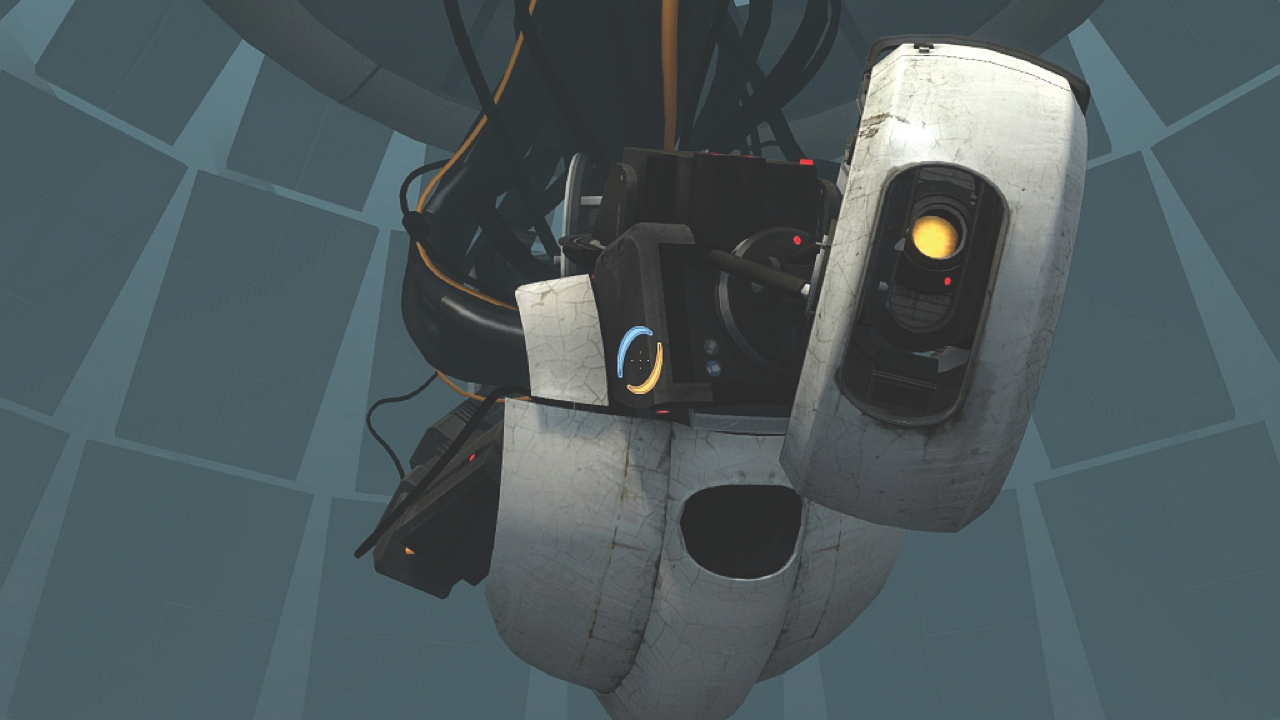

In practice, most of the Pascal cards other than the 1080 Ti and maybe the GTX 1080 have often proven too slow to run ray tracing effectively. On paper, Nvidia supports a huge range of cards. One thing we know is that the performance impact of enabling ray tracing is heavy, especially on GPUs that weren't designed to support it.
QUAKE II RTX KEEPS LAGGING UPDATE
So far, we haven't heard much about whether or not RTX-enabled games will receive an update to allow AMD to use ray tracing, or how much additional optimization is required to make use of the feature on RDNA2 GPUs as opposed to Turing / Ampere.įor now, it doesn't look as though AMD has any plans to enable ray tracing on the 5700 or 5700 XT. In theory, developers that already have a Vulkan and a DX12 path could keep Nvidia RTX support for one API and support both Nvidia and AMD in Vulkan. This kind of 'coopetition', if you will, is a key part of ensuring standards are widely supported and making certain gamers can expect certain features on a wide range of systems. In other words, Nvidia's open source work is a key part of why AMD GPUs can now run Quake II RTX.
QUAKE II RTX KEEPS LAGGING CODE
Nvidia's specific contribution to the project was to add ray tracing support to Microsoft's open source DirectXCompiler, which is commonly used to port HLSL code to Vulkan. There are already existing tools in place to assist with translating DX12 calls and HLSL (High Level Shader Language) code into Vulkan and SPIR-V, respectively. Nvidia actually did some of the heavy lifting to bring ray tracing to Vulkan in the first place. If you haven't seen the Quake II RTX launch trailer, we've embedded it below. In addition to Ampere and Turing, Vulkan Ray Tracing is also supported on the GTX 1660 family of GPUs, the Volta-based Nvidia Titan V and the Quadro GV100, and on Pascal GPUs with at least 6GB of RAM. On AMD's side of the fence, that support appears to be limited to the RX 6000 series, at least for now. Any GPU that supports the Vulkan Ray Tracing extensions maintained and developed by the Khronos Group can also run Quake II RTX. Now, however, AMD fans have an opportunity to enjoy Quake II RTX as well, apparently with Nvidia's explicit help. While some games will run ray tracing on Pascal, Quake II RTX isn't one of them.


Up until now, however, the only gamers who could enjoy it were folks who owned an Nvidia RTX GPU. Nvidia's decision to rebuild Quake II as a ray tracing title was, in my opinion, a really clever way to show off what the feature was capable of, while simultaneously giving people a reason to return to the well-regarded classic title.


 0 kommentar(er)
0 kommentar(er)
